7D Mark II hands on
review
I prefer to use Canons Prosumer cameras for my every day and wildlife photography. I like the lighter weight compared to the 1D series. I have used and own most of them from the 10D, 20D, 30D, 40D 50D 7D and 70D. Each new model added some worthwhile features and sometimes took something away but was an incremental step in the right direction for the most part.
When the Canon 7D came out I was quit happy with it. It had many advanced features compared to it's predecessors. The ability to shoot 8 frames per second, use a close group of Autofocus points to stay on a bird in the sky, a large and sharp LCD screen, great battery life even in the cold and good ergonomics.
Four years later I acquired a 70D the first thing I did was compare the image quality to the 7D. I shot RAW images of the same target image with both cameras at all ISOs, converted the images to Tifs and compared the images side by side on the monitor at 400% magnification. I could see no difference in image quality between the two cameras in terms of noise or resolution. This was not entirely unexpected as I suspect image quality is running close to the physical limit for photo sensors of the same size and pixel count. I had hoped though that some incremental increase in image quality might occur with the 7DII. In early September when it was finally announced ( 5 years after the 7D!) I was somewhat surprised that Canon did not say there had been improvements in terms of noise or dynamic range. This did not bode well. In mid October some few cameras had found there way to Canon sales people who published Jpeg images that appeared to show noise improvements from the previous camera but no RAW images were released. This was not looking good.
The 7Ds went on sale locally Oct 30 and I was fortunate in having a loaner available for a few days to “have a look”.
The first thing I did was install the EOS Solution Disk Ver. 29.1 that comes with the camera. This had DPP pro, necessary to convert RAW to TIFs and then skimmed the 550 page manual that installs from the disk, a much smaller manual is included in paper format.
The first test was to shoot a target at all ISOs, Camera on tripod, bounce flash and compare the images to the 70D. Raw images converted to TIFs with Canon DPP pro 1 and compared side by side on the monitor at 400% magnification showed no difference in resolution or noise between the two cameras at any ISO from 100 -12800 (the upper limit of the 70D). Indeed the sensors seem to be identical. Bummer!
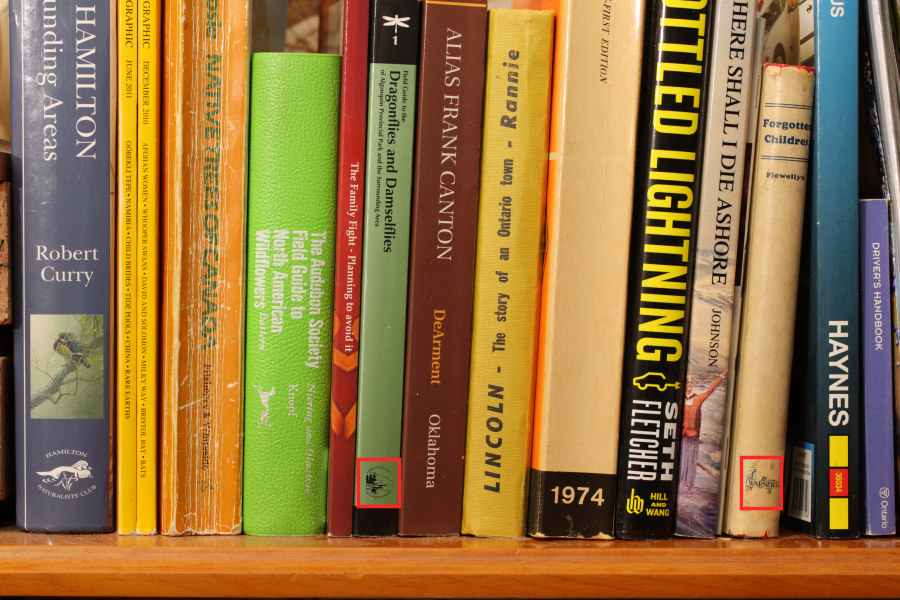
Full size ISO 1600 test target image
70D left vs 7DII right. ISO
1600 Crops from red boxes in full size image above (no
noise reduction or sharpening)
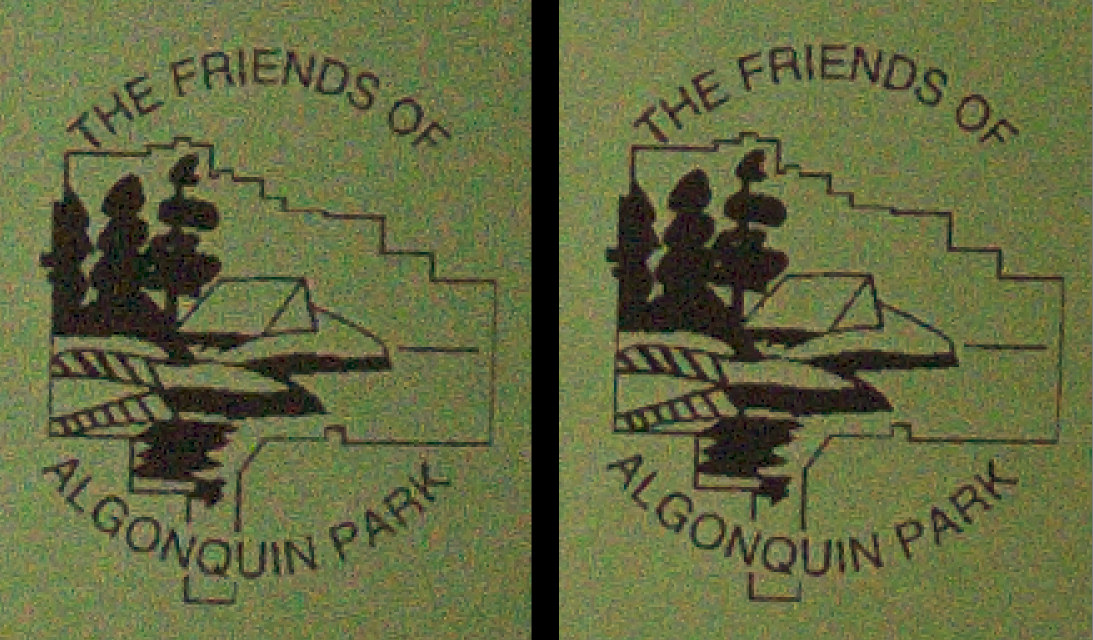
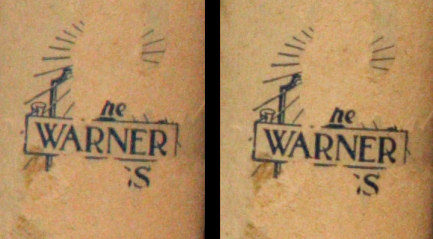
Auto focus
The Autofocus is new, 65 points, f8 focusing using the center point only is a first for any Canon crop format cameras. The 65 point business is “65 points depending ... ”. It depends on the particular lens model and whether you have an extender on it as to how many points it can use and whether they are dual cross type or not. Indeed there are 3+ pages in the operators manual of hundreds of lens and extender combinations that are in seven categories A to G. I will let you read the details in the manual but basically the apertures of f2.8 can use 65 points and lesser apertures use less points though it is sometimes dependent on the model. eg. The expensive 800 f5.6L IS can only use 45 points, the 400mm f5.6L can use 65.
Canon claims the center AF point will focus down to -3EV with an f2.8 lens. I tried focusing in a dim room with a high contrast target. My incident light meter read 0 Ev which agreed within +- . 3 ev of the camera light metered value. I used a 100mm f2.8 IS macro lens for this test and also a 300mm f2.8 IS II. All three cameras had the same success rate at locking focus. In one shot mode they would slowly focus past the target then slowly come back and lock, there was no detectable difference in any of the cameras as far as speed or repeatability yet the 50D and 70D are only rated at -.5 EV. Reducing the light level to -1.0 Ev produced no focus lock with any of the three cameras using the center single point.
Using groups of points (7DII 15 pts and 70D 9 pts) though improved the result to -1.5 Ev for both the 7DII and the 70D. It seems one of the points away from center was able to find a better signal though Canon says the center point is more light sensitive.
The 65 AF points cover much more of the frame area than 5DIII or any other Canon camera to date. This may be useful when shooting an erratically flying bird such as a Swallow against a clear sky. The Swallows have gone south for the year so I was not able to test this unfortunately.
I did not have much chance to shoot birds in flight do to poor weather and lack of subjects. The All points AF worked reasonablly well with the 300mm f2.8L and x2 extender. Hopefully I will be able to update this important topic if time permits.
Focus Speed compared 2
Using a 300mm f2.8 IS II I compared the one shot focus speed between 9 point on the 70D and the 7DII (iTR ON) and found them to be the same. However the 7DII slows down by about 20% when 15 points are selected. The 7DII 15 point group covers about the same screen area as the 9 points on the 70D and 7D do to their larger points. All points focus on the 7D and 70D were faster than the 7DII by about 30%. Using Single point the AF speed was the same as the 7D and 70D, with 4 point assist I found the AF speed to be the same as the 7D.
Update 4 Nov.:
From the manual: " EOS iTR works by recognizing faces and subject colors". Further details suggest face recognition will not work in low light and frame rate is reduced.
Testing with iTR ON\OFF, 300mm f2.8 IS II. The Auto focus speed in 15 point and All point mode on the 7DII is influenced by iTR . With iTR ON the speed was reduced by about 20%. With it off it is the same as the 7D and 70D. iTR did not change the AF speed when lesser points were used.
Baubling test:
I find the 70D and 7D " baubles" the AF when I use the 300mm IS II x2 III. Baubling (my term) occurs sporadically when in One shot or Servo AF mode. Attempting to focus on a target produces a grunt from the lens motor, then the AF may overshoot\ undershoot then stops trying to focus, never having achieved focus. This occurs fairly often and is the principal cause of me missing a shot. Hitting the shutter release button again usually initiates focus but not always. Sometimes it is necessry to move the focus manually and then try again. At first I thought this was do to the subject being low in contast but while testing the high contrast chart I found the same effect. The problem does not occur as often with the X1.4 and not at all with no extender attached. The 7DII was much better in this regard seldom "baubling" and if it did bauble it recovered every time with a shutter button push. Menu items in both cameras that could effect this behaviour are "One-Shot AF release priority" and "Lens drive when AF impossible". Changing neither had any effect on the Bauble issue.
Update 4 November.
In dim room light at 5 EV using a 300mm f2.8 IS II and 1.4X extender II the 7DII "baubling" was almost non existant, it locked on the test target at first try nearly every time, but the 7D and 70D baubled at almost every focus attempt. Using a X2 III extender the 7DII would bauble occasionally, the 7D and 70D would seldom lock focus. This is probably the most useful improvement with the 7DII for my usage.
Update 7 November. 7DII Autofocus speed test and comparison
Single-point spot Autofocus
Like the 7D the 7DII has a feature referred to as "Single-point spot Autofocus". This feature reduces the size of the center Autofocus point. From the 7DII Manual: "Effective for pinpoint focusing or focusing overlapping subjects such as an animal in a cage. Since Single-point Spot AF (manual selection) covers a very small area, focusing may be difficult during hand-held shooting or for a moving subject"
I tried this mode with the 7D years back and could see no difference at all in finding the edge of a small object with the 300mm f2.8 IS II on a tripod. The 7DII seems to be the same. This is supposed to reduce the AF sensor size but I do not see this in my tests.
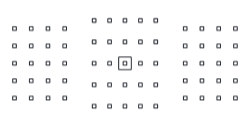
Single-point spot Autofocus
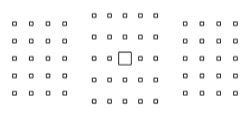
Single-point Spot AF
f8 Auto focus
Autofocus works best with large apertures and f8 is at the limit of expecting any capability at all. The 7D and 70D are limited to f5.6 or faster. I tried a Canon 2x extender III on the Canon 300mm f4 IS (f8 aperture) and was pleasantly surprised by how accurately it focused in heavy overcast. I use a 2x on my 500mm f4 occasionally and would normally be on a tripod doing static objects like Eagles sitting on lake ice and having to manual focus was hit and miss with cold wind making my eyes tear up. Though slow I think f8 Auto Focus is a big plus. I also found that the AF group could be set to center plus 4 assist points with the 300mm f4 2x combination.
AF Area Selection Lever
This is a new item allowing you to quickly select the AF group. On the 7D to change the AF point group you had to push the
 button then toggle the tiny M-Fn button which
was awkward to find. This method still works but the lever is easier to
access . However with gloves on the lever is
unusable. If the lever had been rotated another 45 drgrees clockwise
and a bit more proud of the body it would work with thin gloves.
button then toggle the tiny M-Fn button which
was awkward to find. This method still works but the lever is easier to
access . However with gloves on the lever is
unusable. If the lever had been rotated another 45 drgrees clockwise
and a bit more proud of the body it would work with thin gloves.
Manual exposure Indicator
While shooting the images in Manual exposure mode I noticed that the exposure indicator at the bottom of the view finder was missing! It had been moved to the right vertical side of the viewfinder. The indicator is rather dim and small compared to the original and after 20+ years of looking at the bottom of the viewfinder I find this new location to be a major setback. Oddly in Av or Tv modes the exposure compensation indicator appears at the bottom of the viewfinder where it should. Why on earth Canon decided to make the indicator disappear from the bottom of the viewfinder when in Manual mode is beyond me. Hopefully a future firmware update will remedy this.
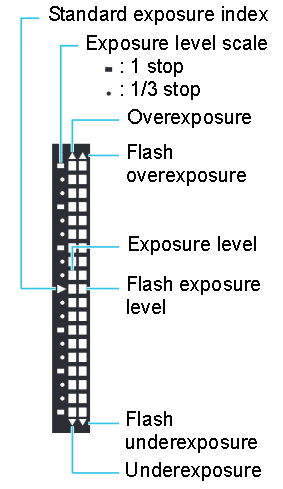
Buffer size
One weakness of the 70D is the RAW buffer size is only 15 at low ISOs. The 7DII according to the manual is 24 RAWs and possibly 31 if you have a fast card. At 10 Frames a second the buffer can fill quickly. When I held the shutter release down with the camera set to 10 FPS, full size RAW, with a 32 Gb Transcend 1000X UDMA 7 card I got around 35 frames before I could hear the camera slow down! This is more than enough for my usage!
Frame rate
At 10 Frames a second the buffer can fill quickly, fortunately the 7DII allows you to set a specific frame rate in both High and Slow rate settings. It is difficult to shoot a single frame at a time when set to 10 fps and cutting it back may extend shutter life significantly. I suggest setting the Slow rate to about 3-6 frames and leaving the high rate at 10 for when you need the speed. Another nice feature is Silent Continuous shooting which reduces shutter noise considerably and srill gives up tp 4 fps.
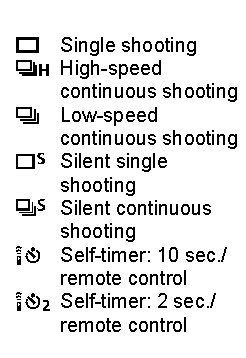
Video
The main improvements over the 7D are in the High definition 1080P 60 fps rather than 30 fps only, MP4 capability, and of course the same focus tracking ability as the 70D which the 7D lacked. The lack of an articulating touch screen is a significant loss for video. Touching the screen moves the focus point quickly and allow shooting down low or up high on the tripod. On the other hand the articulating screen is delicate though I have not damaged mine after a years abuse. I did not have time to shoot video.
Battery
The new battery LP-E6N is rated at 1865 mAh vs the older battery LP-E6 at 1800 mAh capacity. Not much difference but I suspect the newer battery is designed to provide a higher burst current for the high frame rate. I note that the 7D battery life was rated for 800 shots, the 70D for 920 shots and the 7DII for only 670, probably due to the newer power hungry dual processors. I did note the battery seemed to be discharging quicker than I am used to but I did not count the number of frames. In any event the old and new batterys can be interchanged amongst the three cameras. The Battery charger is the same part number for all three camera LC-E6.
Memory cards
Unlike the 7D and 70D there are two memory card storage slots for SD and CF cards. A menu item can configure them to be written two at the same time as a backup or seperately to increase storage space. Make sure to use fast cards if you need the large buffer and 60 fps 1080P movies. Probably using 2 cards will reduce battery life somewhat.
Summary
Pros:
- Fast frame rate
- Very large RAW buffer
- 65 point AF covers large area of frame (depends on lens used)
- relatively inexpensive
- locking exposure dial
- MP4 video
- 60 fps Hi def video
- f8 autofocus capable
- AF groups can be cycled easily with the new control
- USB 3 port rather than USB 2
- GPS and Digital compass
- Can use SD and\or CF cards
Cons:
- Image quality\noise the same as 7D and 70D
- not quite -3 Ev focusing
- manual exposure mode exposure indicator is not on the bottom of the viewfinder but on the right hand side
- no articulating LCD touch screen like the 70D
- no built in Wi-Fi like the 70D
- slower AF than 7D and 70D if 15 or more points used (update: speed is the same with iTR OFF.)
Conclusion
I did not have time to test all aspects of this camera but only looked closely at the features that are important to me. We may be reaching the end of monumental improvements in still cameras. There are numerous incremental improvements and new features in this camera compared to the 7D. For many people the 70D may be a better choice with it's articulating screen, Wi-Fi and similar image quality for half the price, however if you need the big buffer, fast frame rate, better ergonomics and better autofocus under specific conditions then the 7DII may be the better option.
If I have more time with the camera I will try to provide further updates.
Notes:
1. Raw images were converted to TIF with DPP pro. I also tried Raw Therapee which worked well.
2.Autofocus speed test: Indoor test with a high contrast target at 18 feet and another target off to one side at 12 feet. Lighting level EV 7.3. Camera AF in one shot mode, and 300mm f2.8 IS II on tripod. Focus on far target, listen for the AF confirmation beep and refocus on the other target as quickly as possible. After 20 focus cycles stop the stop watch and note the time. Repeatabilty on this test was found to be better than 4%.
Links:
Canon 7D Mark II Instruction Manual
70D vs 5DIII image comparison
7DII dissassembled - water seals
7DII vs 7D image comparison
7DII Autofocus speed test and comparison
Images
and content on this website are ©Ken
Newcombe 2014 and are not to be copied, printed or reproduced
in any form without written permission from Ken Newcombe.
in any form without written permission from Ken Newcombe.
Updated November 7, 2014
Email: Ken Newcombe